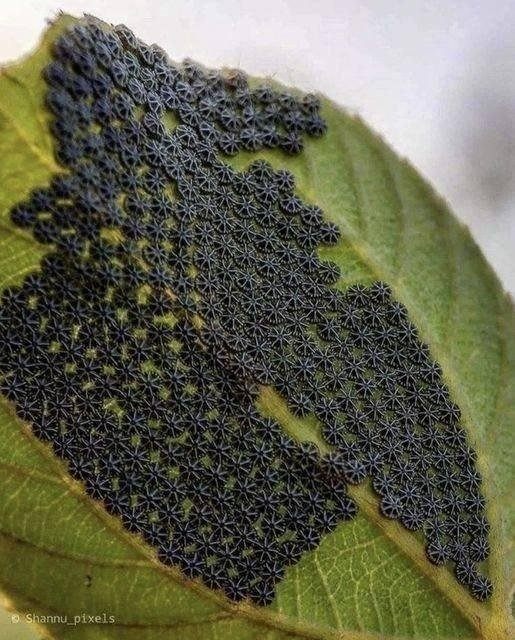The good news is that the Nymphalis Antiopa butterfly is actually quite beneficial. The larvae, or caterpillars, feed on leaves, but they typically prefer trees and shrubs like willows, elms, and poplars. So, if you have a garden full of flowers and vegetables, you’re probably safe. In fact, these butterflies can be quite helpful because they also feed on rotting fruit and help with the decomposition process.
Watching the lifecycle of these butterflies is truly fascinating. After hatching from those strange, intricate eggs, the caterpillars emerge. They’re black with tiny white spots and have spiny, bristly bodies. They go through several stages, known as instars, where they shed their skin and grow larger each time.
Once they’re fully grown, the caterpillars find a safe place to pupate. They spin a chrysalis, which is like a little sleeping bag where they undergo their transformation. This stage can last anywhere from a couple of weeks to several months, depending on the climate and time of year. When they finally emerge, they’re beautiful Mourning Cloak butterflies with dark, velvety wings bordered with a bright yellow edge and adorned with blue spots.
One of the most interesting things about Mourning Cloak butterflies is their behavior. Unlike many other species, these butterflies hibernate during the winter. They find a cozy spot under loose bark, in a pile of wood, or even in an old shed. When spring arrives, they’re some of the first butterflies to be seen, often even before the flowers start to bloom. This early appearance is partly why they’re called Mourning Cloaks—the dark, somber wings against the stark, early spring landscape look a bit like a mourning garment.
ADVERTISEMENT

